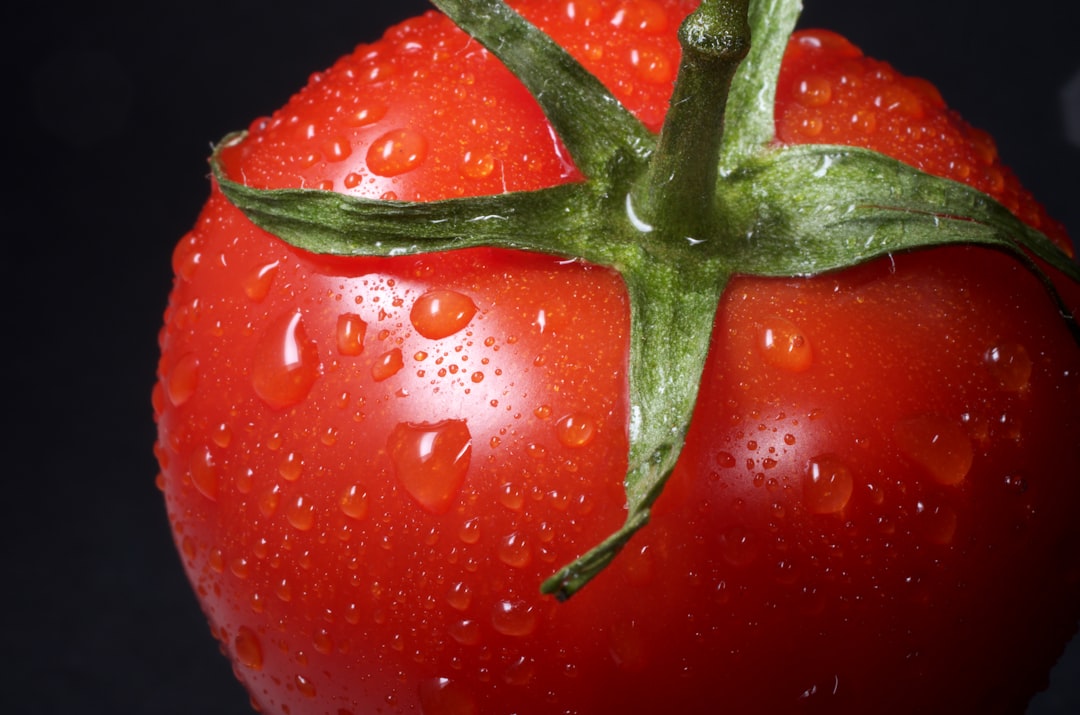What is it about?
We review the history of the two natural chemicals, vicine and convicine, why they are risk factors for 4% of humans and some livestock animals, and what we are doing about reducing their concentrations by using practical plant breeding and genetics.
Featured Image

Photo by amirmasoud on Unsplash
Why is it important?
Faba bean (broad bean) is an important protein crop that grows well in cool-temperate climates where soybean is not suitable. It is a good food and feed legume because of its high protein concentration (average 29%). Good sources of plant protein are especially needed now if we are to reduce the global-warming impact of food chains. Eliminating vicine and convicine will make the beans safe for people with a genetic deficiency in the blood enzyme G6PDH, so that protein foods based on faba bean will be suitable for all consumers.
Perspectives
I have been working on faba bean for nearly 40 years. It is only in the last 5 years that the technologies for sequencing genomes have advanced to the stage that the very large genome of this species could be analyzed. Soon we will be able to find the genetic information that we need in order to manage the crop's quality and responses to stresses such as drought and disease. In this way, we will be able to accelerate progress toward higher and more stable yields that can assure farm incomes and food-chain supplies.
Frederick Stoddard
Helsingin Yliopisto
Read the Original
This page is a summary of: Eliminating vicine and convicine, the main anti-nutritional factors restricting faba bean usage, Trends in Food Science & Technology, September 2019, Elsevier,
DOI: 10.1016/j.tifs.2019.07.051.
You can read the full text:
Contributors
The following have contributed to this page










